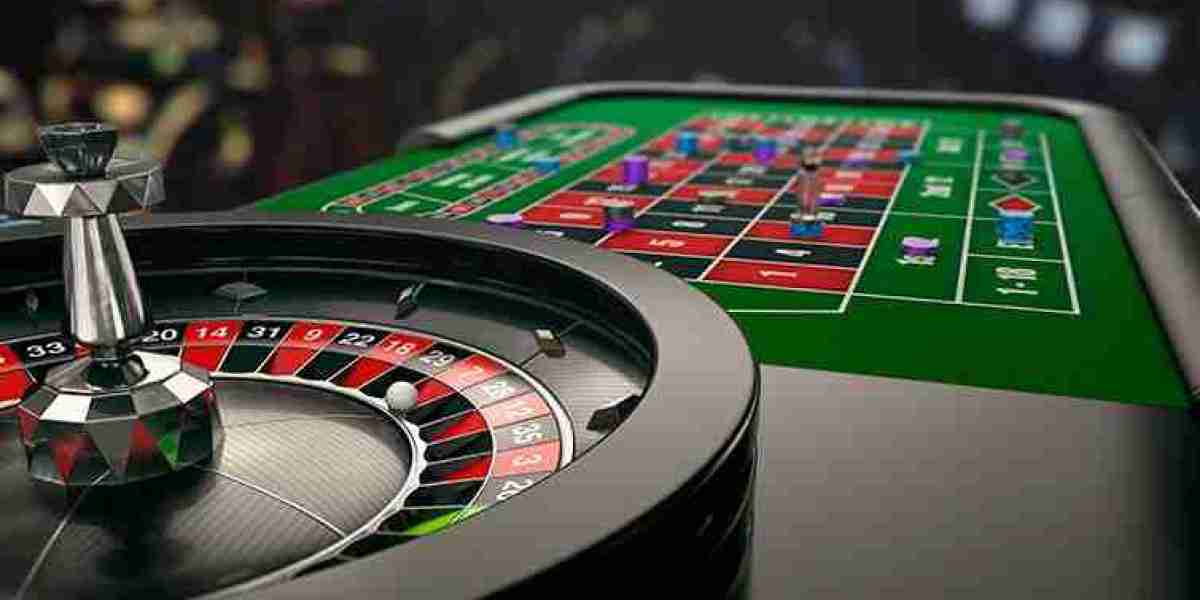A few years back, I was fed up with mowing, weeding, and watering. My weekends were being swallowed up by lawn maintenance, and with two dogs and unpredictable weather, the real grass never looked great for long. That’s when I started researching artificial grass in New Zealand—and honestly, I haven’t looked back since.
Before I made the switch, though, I learned a few important things that helped me make the right choice. If you’re considering a synthetic lawn, here’s what you need to know before you commit.
It’s Not Just for Sports Fields Anymore
When people hear "artificial grass", they often picture a school field or rugby pitch. But these days, artificial turf is everywhere—backyards, rooftops, balconies, even indoor spaces. The range of options has grown massively, with products that mimic natural grass so closely you have to touch it to tell the difference.
Whether you’ve got pets, kids, or just want a hassle-free outdoor space, there’s a turf product to match.
Not All Turf Is Created Equal
I assumed all artificial grass was pretty much the same. Turns out, I was way off. Different turf types have different pile heights, fibre shapes, colours, and durability ratings. Some are made for high-traffic areas, while others are softer underfoot and better suited to gardens or courtyards.
Before you buy, think about:
How the area will be used (kids playing? pets running around?)
How much foot traffic it’ll get
Whether it needs to drain quickly (e.g. near a pool)
The Base Matters as Much as the Grass
One thing that surprised me: what goes under the turf is just as important as the turf itself. A proper base ensures drainage, prevents sagging, and keeps the surface level. If you skimp here, you’ll regret it later.
I had a professional installer handle mine—they knew how to compact the base, lay down the right materials, and ensure everything was secure. No bumps, no pooling water, and no mess.
It’s Low Maintenance—But Not No Maintenance
This was a big selling point for me. I no longer have to mow, fertilise, or weed. But I still give the lawn a quick brush every couple of weeks to lift the fibres and remove any leaves. If you’ve got pets, you’ll need to rinse occasionally and keep things fresh with turf-safe cleaners.
It’s a fraction of the effort real grass demands—and the results are consistent year-round.
What About the Environment?
This was a concern I had, too. But many turf products are made with recyclable materials and don’t require water, fertilisers, or pesticides—so they can actually reduce your environmental impact over time.
It’s worth asking your supplier about their eco-credentials. TigerTurf, for example, has products designed with sustainability in mind.




